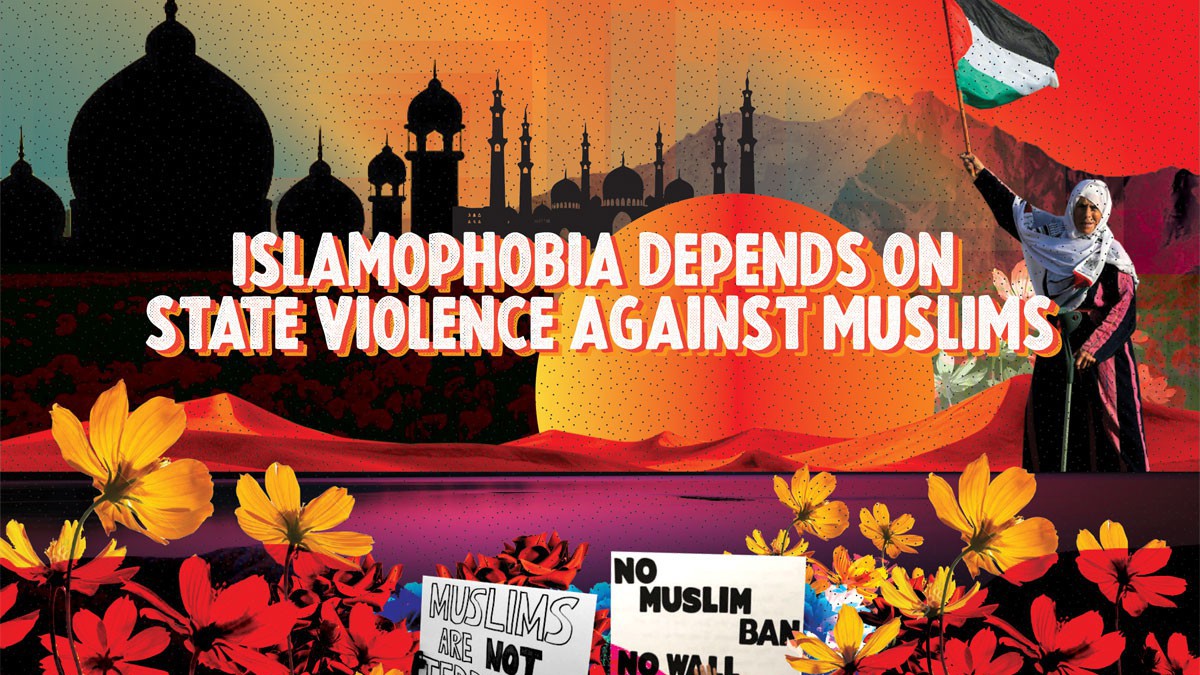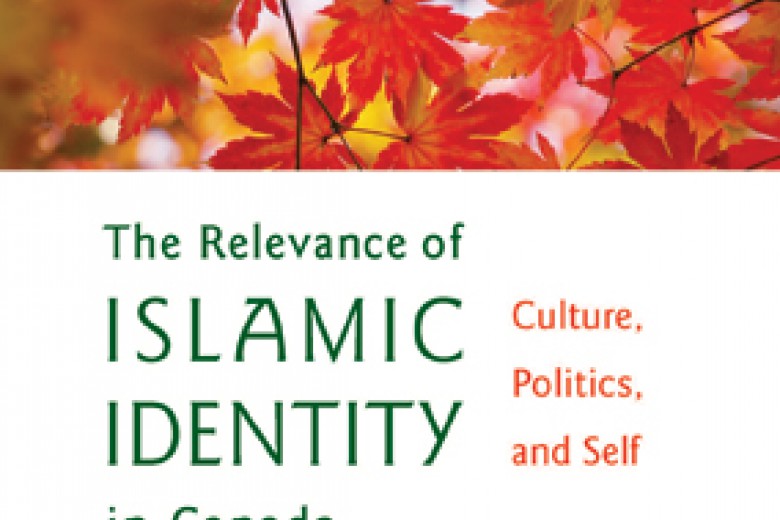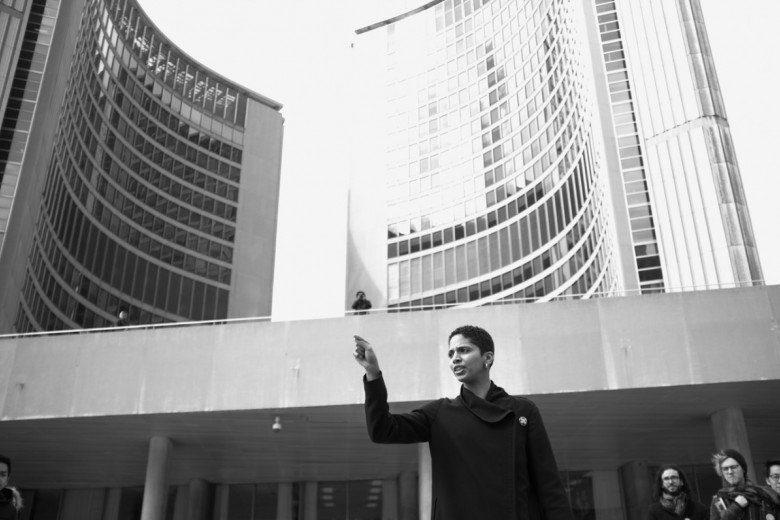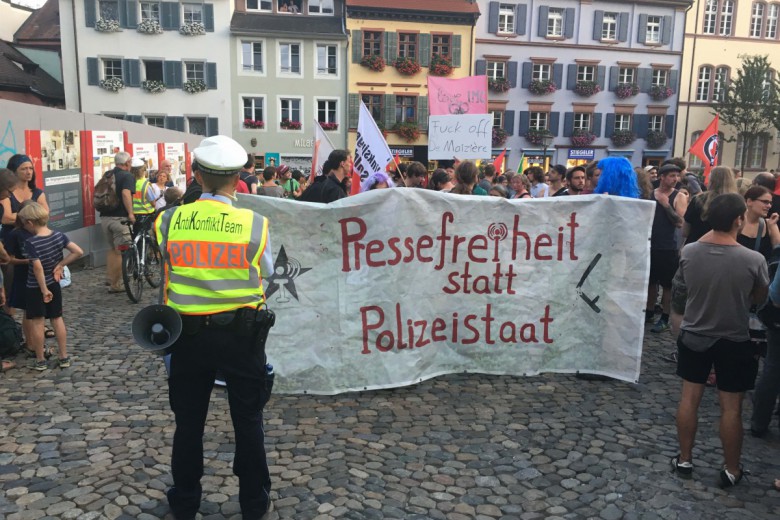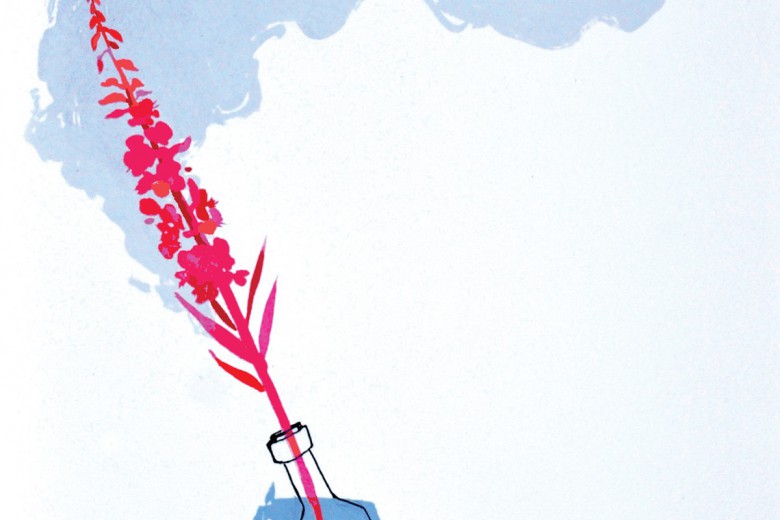Shootings, arsons, and vandalism of mosques. Intimidation, harassment, and violence against Muslims (or those perceived to be such). Common and growing, these expressions of hate encapsulate what we know to be “Islamophobia.” But understanding the breadth and depth of racism requires that we look beyond the face of the far right to the body that animates it; past its most explicit manifestation to the logic undergirding it. Indeed, racial logics inform and organize all of society – even, sometimes, those very elements dedicated to eradicating racism.
Last October, the Canadian Anti-Hate Network (CAN) released a statement of “concern” over the appearance of Palestinian-American Muslim activist, Linda Sarsour, at the Islamic Circle of North America’s Carry the Light convention. CAN used Sarsour’s relationship with notoriously antisemitic, homophobic, and misogynistic Nation of Islam leader Louis Farrakhan to argue that inviting her to speak was “contrary to the values consistent with promoting inclusive communities where hatred is clearly unwelcome.”
Because of Farrakhan’s importance in Black liberation struggles, Sarsour and others (like her co-organizers of the Women’s March), have refused to condemn him entirely – and while this may be unsatisfactory to some, it is insufficient to, by extension, label her as antisemitic. On the contrary, Sarsour co-authored a statement denouncing Farrakhan’s problematic views, and has led fundraising efforts for the funerals of victims of antisemitic attacks. In response to the widespread opposition to Sarsour – which, as many have pointed out, itself relies on Islamophobic tropes – dozens of Jewish community leaders issued a statement in 2017 which reads, in part, “We will not stand by as Sarsour is falsely maligned. […We] publicly state our commitment to working alongside her for a more just and equal society.” In April of this year, CAN issued an update to its condemnation of Linda Sarsour noting some of the above, but it didn’t offer an apology or retraction.
The same month as Sarsour’s speaking engagement, B’nai Brith Canada co-sponsored an event featuring Ben Shapiro – a former editor of Breitbart News who has argued, for example, that the “Palestinian Arab population is rotten to the core”; “Arabs like to bomb crap and live in open sewage”; and Islam is an “ideological representation of third worldism […] and poverty.” The Quebec City mosque shooter visited Shapiro’s Twitter account 93 times in the month before the shooting.
Despite being made aware of the event (I was part of an email thread alerting the group’s organizers to it), CAN failed to issue a denouncement.
According to its website, the Canadian Anti-Hate Network “monitors, researches, and counters hate groups.” One of its self-proclaimed successes is exposing “two of the hosts of Canada’s largest alt-right neo-Nazi podcast,” causing it to shut down. CAN’s 17-member advisory committee includes academics, hate crimes experts, lawyers, and activists.
Despite being made aware of the event (I was part of an email thread alerting the group’s organizers to it), CAN failed to issue a denouncement.
Why would an anti-hate group condemn a Muslim organization for a third-hand connection to hate while remaining silent about unabashed Islamophobia in a non-Muslim one?
Understanding this hypocrisy requires us to examine the way Islamophobia operates. Specifically, just as the successful construction of Jews as being responsible for all evil allowed for the evil of the Holocaust, the myth that Muslims are particularly and violently hateful enables the hate directed against Muslims.
Anti-Muslim activism relies on (unspecified) allegations of Muslim wrongdoing to advance its goals. Indeed, the Quebec mosque shooter cited the need to prevent Muslim “terrorism” as his motivation. But while these actions are undoubtedly fringe, they refer to ideas circulated reliably through the mainstream:
- by Canadian political leaders. In 2015, officials of the then-ruling Conservatives singled out “jihadi terrorism” as the reason for the new anti-terrorism bill, Bill C-51. That year, then-minister of justice Peter MacKay argued that a foiled plot by Nazi-inspired antisemites was not terrorism because it was not “culturally motivated” – that is, not perpetrated by Muslim cultural Others.
- by our state bodies, like the Canada Revenue Agency. In 2018, the CRA revoked the charitable status of the Ottawa Islamic Centre and Assalam Mosque in part for hosting speakers who had, elsewhere on other occasions, made hateful and violent comments. But other Canadian charities have maintained status while hosting the likes of Israeli academic Mordechai Kedar (who essentially advocated raping Palestinian women); Geert Wilders (who has called for banning the Qur’an and mosques); and Pamela Geller (who claimed that “Hitler was inspired by Islam” and was cited in the manifesto of the 2011 Oslo shooter).
- by anti-racist organizations. In 2017, B’nai Brith Canada and the Jewish Defence League of Canada whipped up a frenzy against a Toronto imam after a short prayer he recited in Arabic was misinterpreted as calling for the death of Jews. Despite apologizing for and explaining his miscommunication, and working with members of the Jewish community to better understand antisemitism (including Bernie Farber, chair of CAN, who publicly rejected the categorization of the imam as an antisemite) police opened a hate crimes investigation against the imam, he was fired from his position at Ryerson University, and his name was circulated in Conservative Party campaign literature as an example of Muslim extremism. Well-regarded organizations concerned with antisemitism – like the Friends of Simon Wiesenthal Center for Holocaust Studies and the Centre for Israel and Jewish Affairs – continue to categorize the event as antisemitic. This is not to diminish the reality of antisemitism (hate crimes against Jews are both significant and growing) but to demonstrate how allegations of racism can be operationalized perversely to advance other forms of racism.
- by mainstream media. Studies by the University of Alabama and Fairness and Accuracy in Reporting have found that attacks by Muslim perpetrators receive far more U.S. media coverage compared to attacks committed by non-Muslims, and attacks against Muslims, respectively. Canadian realities are similar. Even “sympathetic” coverage of Islamophobic incidents often reproduces the assumption that Muslims are inherently violent. In the wake of this year’s targeted massacre of Muslims by a white supremacist in New Zealand, media outlets took to calling the victimized worshippers “peaceful” – implying a default of Muslims as violent, and suggesting that Muslims who fail to conform to an unexplained definition of “peacefulness” are legitimately targeted.
A person is in fact more likely to be killed for being Muslim than by a Muslim “terrorist.” But the myth of the violent Muslim reverses this reality in the public imagination, ensuring a perpetual disregard for Muslim life. Indeed, a victims’ fundraising effort for the Quebec mosque shooting yielded less than 3 per cent of one for the tragic Humboldt Broncos crash, and in the wake of the shooting, anti-Muslim hate crimes increased, the mosque’s president had his car set on fire, and the mosque was voted down in a referendum to build a cemetery. Despite this, a majority of Canadians believe that the problem of Islamophobia is “overblown.”
A person is in fact more likely to be killed for being Muslim than by a Muslim “terrorist.”
CAN’s work does little to address the Islamophobic narratives that sustain normalized Islamophobia. On the contrary, the Sarsour and Shapiro examples show that CAN’s understanding of “hate” is clearly informed by these very narratives. More generally, the group’s near-exclusive concern with fringe elements discourages investigation into the continuities between “hateful” and “respectable” society.
This points to another problem: that CAN uses “hate crimes” as its primary metric of racism. Such hate crimes framing works to obscure the colonial and racial violence on which the Canadian state was founded and sustains itself, suggesting instead that racism exists separate from, and counter to, the state (a crime, by definition, is an injury against the state). Within this framing, naturally, the state is the site of remedy to, and restitution from, hate. Indeed, CAN boasts of “providing evidence to law enforcement […] for their investigations.” But by focusing on activities outside of the law, the group fails to account for the continued deployment of racial narratives within it.
In its 2017 report, Public Safety Canada insisted that “violent Islamist ideology” represents the most significant threat to our country. This was released less than a year after the Quebec mosque shooting – which was, at the time, the most fatal act of ideologically motivated violence in Canada since 1989. In Canada, between 1960 and 2015, Muslims have been responsible for but 1 per cent of “terrorist”-described incidents and 0.41 per cent of fatalities from “terrorism.” White supremacist and right-wing extremism contributes much more significantly to statistics on violence. Global data mirrors Canadian realities – less than 0.01 per cent of the world’s Muslim population is engaged in violent activities with militant groups.
But the Islamophobic construction of Muslims as “terrorists” is impervious to this reality. While the Quebec mosque shooter was inspired to violence by this myth, the state nonetheless galvanizes this falsehood in the deployment of its own tools: surveillance, “no-fly” listings, detention without charge, counter-radicalization programs – disproportionately applied against Muslims in ways that restrict their freedom, privacy, and well-being. And while the shooter’s “pre-emptive” approach to stopping Muslim “terrorism” reflects an inherent disregard for Muslim humanity, the murder of 1.3 to 2 million people – mostly Muslims – in the U.S.-led war on terror has been rationalized similarly.
Not only do hate and state violence emanate from the same racial logics, they compound and reinforce one another. The Quebec mosque shooter was, ultimately, not charged with terrorism – while Muslims have been convicted of terrorism for unexecuted plots, and for travelling to other countries with the intention of joining militant groups. As of September 2018, in all but one case in Canada, terrorism convictions have been applied exclusively against Muslims. This both punishes Muslims more for less and lends institutional credence to the narrative of the Muslim terrorist.
While CAN undoubtedly situates itself outside of the operations of racism, it actually relies on and reproduces racial logics – both in its conceptualization of the problem of “hate” as well as its solutions to it. It is easy for us to castigate those who bring assault rifles to mosques. It is less easy to self-interrogate for the continuities between the racists and the rest of us. But if anti-hate organizations want to fix the hole in the ceiling rather than just mop the floor, this is precisely what they must be doing.


